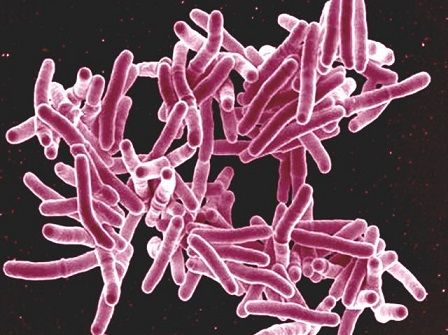The State Serum Institute has revealed that five cases of multi-resistant tuberculosis have been found in Denmark during the first 10 months of 2018.
The numbers are disquieting because the usual level is about two cases per year.
It also appears as if four out of the five cases discovered this year stem from the same source where a group of patients have infected each other. The chain began with a case going back to 2010.
READ ALSO: Tuberculosis staging a slow comeback
Even though on the face of it the numbers seem low, the institute has urged vigilance.
A complicated course of treatment
“Multi-resistant tuberculosis is an extremely serious illness for which the patient needs a long and complicated course of treatment with a number of different antibiotics. This takes up to 18 months and costs around 1 million kroner per patient all in all,” said Troels Lillebæk, a senior doctor from the institute, in a press release.
The bacteria present in the multi-resistant strain are immune to two of the most important antibiotics used in treating TB: isoniazid og rifampicin.
Major global health threat
Over the last decade, multi-resistant TB has become one of the major global health threats.
“In Denmark we are able to cure most multi-resistant TB patients, but in the rest of the world, only around half of the 500,000 or so can be cured,” said Lillebæk.
“Unfortunately, most of the problem is found in parts of the world where they only have limited resources: that goes especially for eastern Europe, southern Africa and certain parts of Asia,” he added.
New remedies needed
Lillebæk went on to say that new, more effective, faster-working medicaments are needed – as well as new treatment systems so that the treatment time can be cut.
“Multi-resistant tuberculosis bacteria are also potentially associated with a lot of complications and side-effects. It is therefore vital that the condition is diagnosed as quickly as possible so that we can give the patient the correct treatment,” said Lillebæk.














